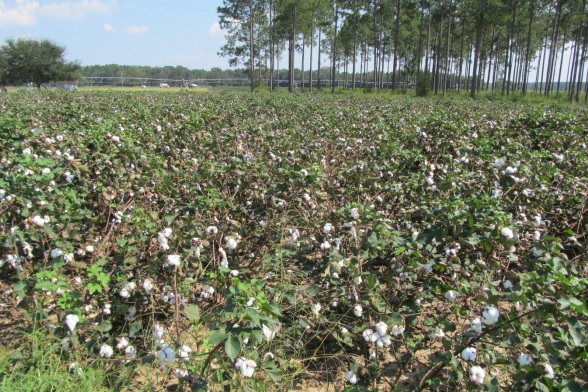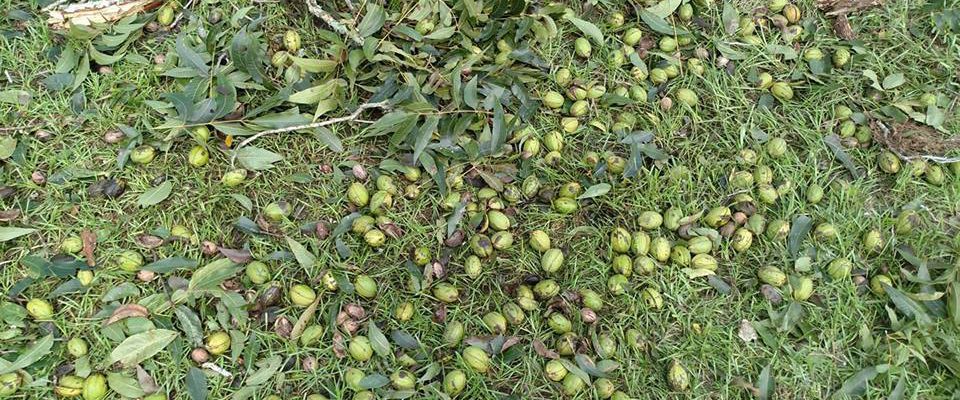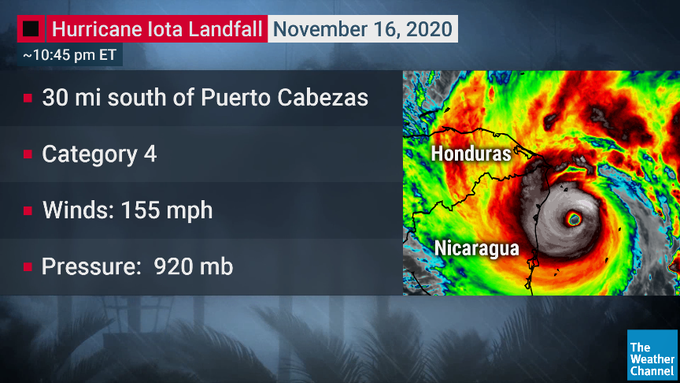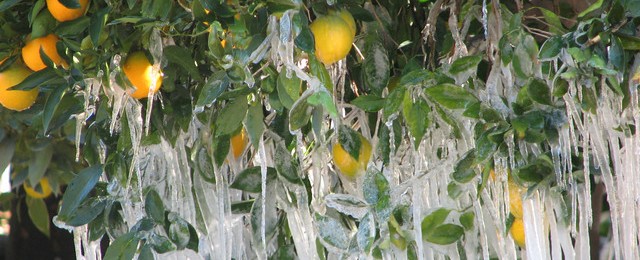Climate and Ag in the news
-

Rainfall of up to 2 feet in South Florida caused severe damage to South Florida vegetable crops that were bound for holiday tables and could lead to shortages or price increases, according to an article in the Sun Sentinel. The timing of the storm was particularly bad for farms that were in the midst of…
-

With all of the tropical weather we have had in the Southeast this year, it is no surprise that some of our crops like cotton were affected by the storms. This article in the Southeast Farm Press describes the kinds of damage that were seen in cotton this year and how the coastal areas were…
-

If you missed the webinar from the Georgia Climate Project earlier this week, the video is now available on YouTube here. It covers how trends in Georgia’s recent climate are expected to affect the health of folks in Georgia as well as surrounding areas, including impacts of heat, insect-carried diseases, and other health impacts.
-

Vegetable and Specialty Crop News has provided several stories this week about how our weather this year has affected agriculture. Below you can find direct links to the stories. Alabama Pecan Producer Still Picking up Pieces Following Hurricane Sally Following Eta, Florida Farmer: Squash is Melting on the Plant Plethora of Plant Diseases Following Rainy…
-

Around 11 pm on Monday, Category 4 hurricane Iota made landfall on the coast of Nicaragua just 15 miles from where Eta made landfall just a couple of weeks ago. This storm has winds of 155 mph, with torrential rains and storm surge of over 12 feet. The human costs of this storm are expected…
-

UF/IFAS has a working group that provides information on cold hardy citrus such as satsumas to farmers in northern Florida and southern GA and AL. Their latest newsletter gives information on how farmers can minimize the impacts of cold weather on their plants and a good list of resources for Florida (sadly, it does not…
-

If you are ever asked about your area’s climate risk due to changes in climate for later in this century, particularly around the 2040’s, you will find this new paper published by Springer in Natural Hazards to be very useful (it’s open access so you don’t have to pay to read it). The paper discusses…